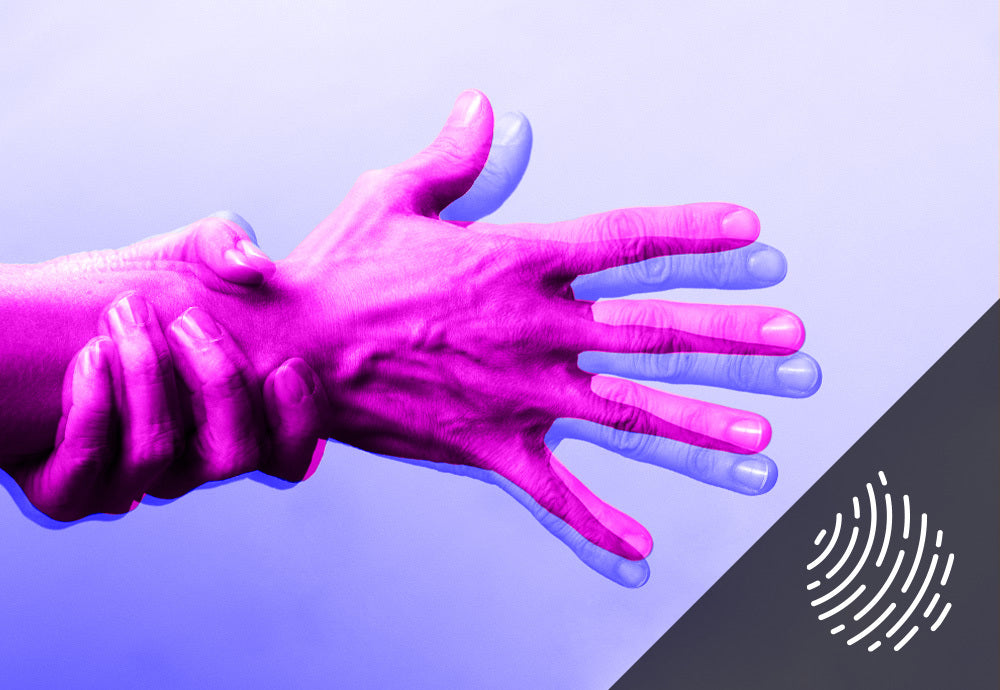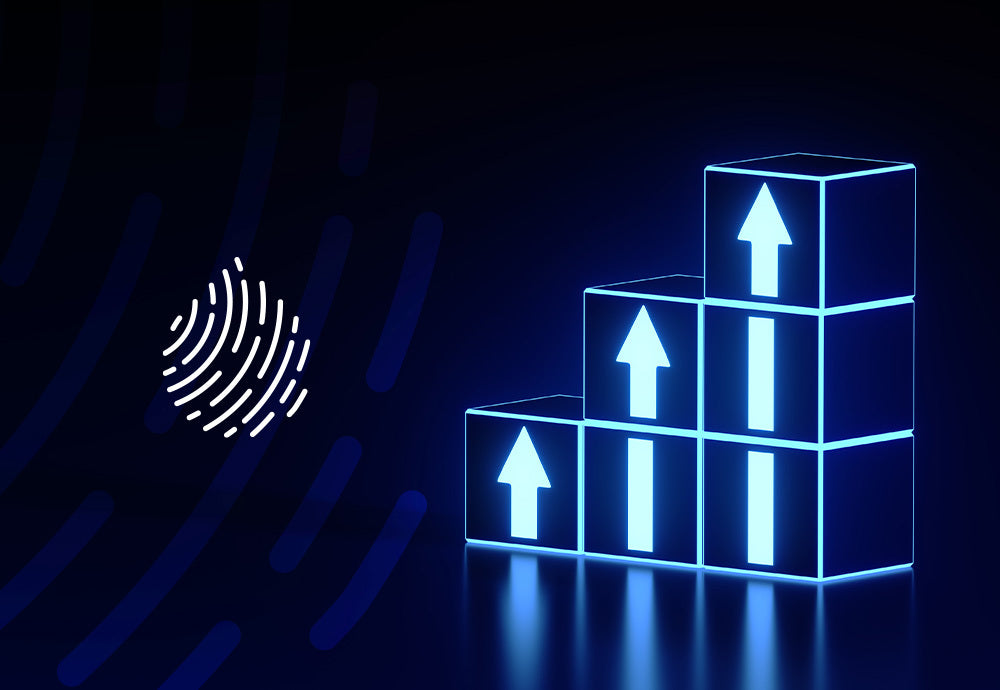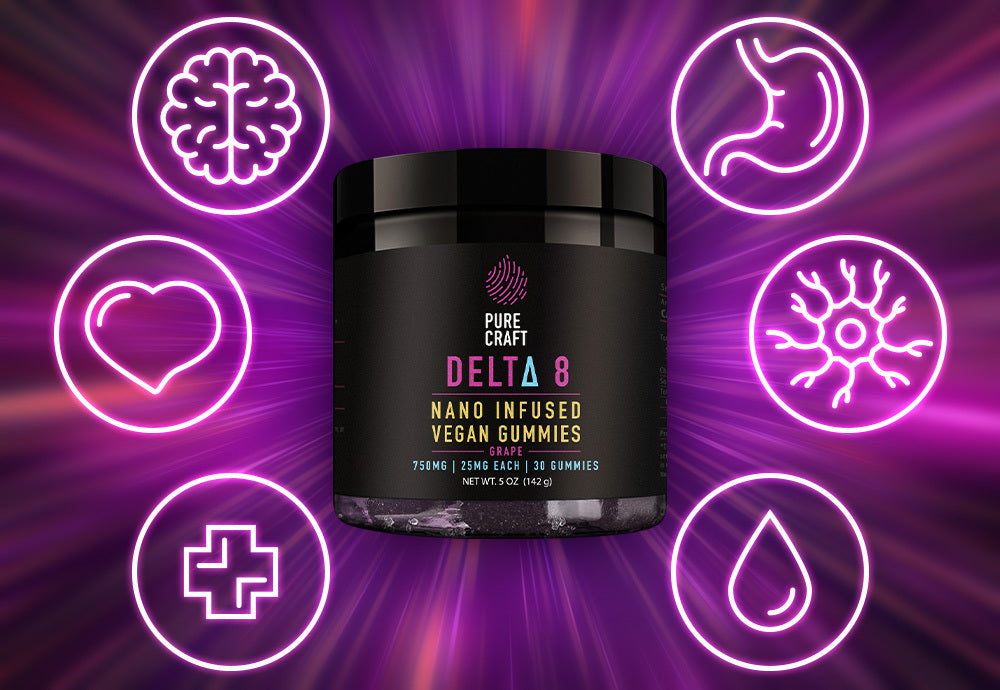Your Cart is Empty
FREE SHIPPING ON ORDERS $70+ | SATISFACTION GUARANTEED
If you’re like most people, you’ve got questions. If yours are about CBD — you’ve definitely landed on the right post for some answers.
We’ve corralled over 30 of the most asked or searched for inquiries about CBD and CBD products. Each has a quick, to-the-point answer that’s sure to quell your frantic noggin. Plus, we’ll offer up some suggested additional reading, should you want to plunge into deeper info with greater context and nuance.
Put on your harness, helmet, and goggles, speed racer — we’re going to zip through these FAQs like a pro driver in a souped-up stock car on a closed course in early summer.
The beginning is a good place to start….
Cannabis, aka Cannabis sativa L., is an ancient plant species that includes the subspecies of marijuana and hemp. Marijuana is a strain that’s high in THC and low in other cannabinoids. Hemp is a cultivar that’s high in CBD and low in THC.
Hemp (sometimes called industrial hemp) is used to make CBD. It also has many other applications.
Learn more:
NO! Hemp is a very health-promoting plant! Actually, it’s good you and the planet. It’s been used in food, folk remedies, and industrial capacities for thousands of years. Every part of the plant is usable and it’s an incredibly hearty and sustainable crop.
Learn more:
Cannabinoids are chemical compounds. There are over 140 known cannabinoids. Ones naturally occurring in plants are called phytocannabinoids. Ones that your body produces are called endocannabinoids. Synthetic cannabinoids can be created in a lab. Cannabinoids can be leveraged to bring about various responses in your body.
Learn more:
Terps and flavs are phytochemicals, or plant chemicals. These substances are largely responsible for the taste, smell, and color of plants (not just cannabis). They also yield many of their own wellness benefits.
Learn more:
Moving on down to our righteous CBD….
CBD stands for cannabidiol. Cannabidiol is a cannabinoid found in cannabis.
Learn more:
CBD has many potential physical and mental health benefits. These range from helping manage acute issues or conditions — like chronic pain and inflammation or stress — to general wellness support. The one FDA-approved CBD-based drug, Epidiolex, is used as a treatment for severe epilepsy that doesn’t respond to conventional meds. Research is ongoing to further prove out the therapeutic applications.
Learn more:
Once the CBD (or any cannabinoid) enters the body — either through the bloodstream, digestive tract, or skin — it engages with the endocannabinoids, enzymes, and/or receptors of your body’s endocannabinoid system (ECS). The ECS is a system that exists throughout your body and is responsible for helping many of your physiological functions. Everyone has an ECS regardless of whether or not they consume cannabis.
Learn more:
For healthy adults who use it properly, CBD is regarded as being safe. CBD is well-tolerated and adverse reactions (e.g., side effects or allergic response) are rare and generally mild. That said, potential side effects may include dry mouth, upset stomach, and drowsiness. Also, CBD is not for everybody — minors, pregnant and nursing women, and those with existing health conditions or who are on medication or taking supplements should check with a healthcare specialist before consuming CBD.
Learn more:
First, yes, they are different. This is important to know so that you aren’t tricked by unscrupulous sellers who try to pass hemp oil off as CBD oil.
Hemp oil, aka hemp seed oil, is made from the seed of the hemp plant. Though packed with uber-healthy nutrition, hemp seeds have virtually no cannabinoids.
CBD oil can be made from either hemp or marijuana. When hemp is the source, the CBD oil is extracted from the leaves, flowers, and stalks. The highly concentrated CBD extract is often diluted in a carrier oil, which just might be hemp oil.
Learn more:
There are three different kinds of CBD: full-spectrum-CBD, broad-spectrum-CBD, and CBD isolate. Full-spectrum CBD has all its original cannabinoids, including THC (which might exceed the federally-legal limit of 0.3%). Broad-spectrum CBD has been processed to filter out most or all of the THC. It will have all the other plant compounds it started with and no more than 0.3% THC. Isolate CBD is the most pure and the most processed. It’s had everything but the CBD stripped out.
Learn more:
There are a few different possible processes. Pure Craft uses the best (safest and cleanest) method — CO2 extraction.
Learn more:
There are so many options!
CBD comes in infinite varieties — too many to list here. The most common and readily available preparations include: CBD tinctures and drops, CBD gummies or other edibles, CBD softgels or pills, CBD topicals, and CBD smokables and vapables. There are also products designed expressly for pets.
Different products and formulations may use, among other things, isolate, full-spectrum, or broad-spectrum CBD.
Learn more:
There’s no one-size-fits-all answer to this. It’s highly personalized!
The “right” CBD formulation for you is one that meets your needs, preferences, and objectives. And you may need multiple kinds of CBD products to effectively achieve your goals. You may need different products at different times and the “best” product(s) for you may evolve over time as you and your life change.
Learn more:
Taking the proper amount at the correct times/frequencies can be key to getting the results you desire.
This depends on the potency of your CBD. But, you can calculate it if you know the total amount of CBD (mg) in the bottle and the size of the bottle (mL).
Learn more:
Ditto to the answer above.
Learn more:
There’s no single answer to this. You and your body are unique — so the amount and frequency of your CBD consumption needs will possibly be different from others. The general recommendation is to start low and slow and adjust course as you learn how your system responds to CBD. And follow the label or package suggested use and servings guidelines.
Learn more:
When ya wanna know what to expect….
Not likely. Broad-spectrum CBD or CBD isolate don’t have enough (if any) THC to produce a psychoactive effect. Some full-spectrum CBD may contain enough THC to make you high.
Aside from the CBD in your product — if there’s other psychotropic ingredients added — those could get you feelin’ jiggy.
Learn more:
No one can say for sure — because you’re a singular being! How CBD impacts you could be totally different than how it impacts someone else.
That said, many users report chillaxing sensations. Mentally, physically, or both. This could mean it’s helping you unwind from a chaotic day or easing muscle tension. You’ll have to try CBD for yourself and let us know!
Learn more:
It’s the synergistic effect that can occur when you consume a mix of different cannabinoids (and terpenes and flavonoids). One of those ”greater than the sum of its parts” deals. While still a theory, the belief is that CBD is more effective when there’s some amount of THC and other phytocompounds accompanying it.
Learn more:
There are a lot of variables at play here: your body, the kind/formulation of CBD, dosage, etc.
CBD oils and preparations that use nanotech, have greater bioavailability, and go straight to your bloodstream will likely produce effects more quickly. Edibles — like CBD gummies — that go through your digestive system can take longer to kick in (but could be a slower, extended roll). Topicals — it’s hard to say because it depends on the type you’re using.
Overall, most CBD products tend to start making their presence known somewhere between 15-75 minutes after you take them.
Learn more:
A lot goes into what outcomes you get from taking CBD. Many of these are variable under your control — like the kind(s) of products you’re using and the regimen you’re following. Switch up these levers, and you just might hit upon the optimal solution for you. It may take some time and experimentation to figure it out — but that’s normal.
Learn more:
This is dictated by your personal chemistry, the part of the body, and the kind and quantity of CBD you use. In many typical scenarios, CBD can be present in your system for 2-7 days.
Learn more:
Oh this is a definite maybe, but requires some clarification.
CBD itself will not show up on a drug test. BUT, other components (lookin’ at you, THC!) can. This means CBD isolate won’t show up but full- and broad-spectrum CBD could (because of the THC in them).
SO, it depends on your body, the type/amount/frequency of CBD you use, the amount of time between when you last consumed CBD and your drug screening, and the kind of test being administered.
Learn more:
Heck yah, this matters!
Light, air, humidity, and extreme temps will degrade your precious CBD. So, store your CBD in tightly sealed containers in cool, dim space. For homemade/DIY CBD items — like edibles or bath products — be sure that your CBD goodies are labeled as containing CBD (and how much CBD is in each portion). Keep all CBD items away from kids and pets.
Learn more:
Yup. CBD has a shelf life so it can expire as well as go bad. It’s important to check the expiry date on the product packaging and store your CBD properly to max longevity and potency/effectiveness.
That said, shelf-stable CBD products are usually good for up to two years. Plenty of time for a faithful user to consume most CBD drops/gummies/softgels/creams/etc.
Learn more:
Absolutely! To maintain the fidelity of your CBD oil, though, you just need to follow a few simple guidelines. Like no excessive heat. And, depending upon the culinary delight you’re whipping up — water-soluble CBD may work better than CBD tinctures.
Learn more:
Alcohol, caffeine, and CBD effect different people differently as stand-alone substances. The same holds true for when they’re combined. So, depending upon your body and your reasons for taking CBD, alcohol/caffeine may not jibe really well with your system or desired outcome. If you do choose to consume alcohol/caffeine alongside your CBD — do so with great care and caution.
Learn more:
Have you considered trying CBD in your haircare and skincare protocol? You can easily find read-made CBD personal and beauty care products or make your own with CBD drops.
Learn more:
Finding and purchasing CBD will probably take a bit of research. Do your due diligence!
In CBD-friendly states, you can probably locate CBD products in all kinds of stores, farmers’ markets, and dispensaries.
Online sellers are a great option for everyone, especially if you want convenience, selection, and loads of product info.
Learn more:
It sort of boils down to garbage in, garbage out. Use junky ingredients — you get a low-grade end product.
To ensure you get the best available CBD products that feature the best available CBD oil and other ingredients may take a little work. But it’s worth it because you deserve to put the highest-quality, purest CBD products into and onto your precious self!
Read product labels and certificates of analysis (COAs) to discern what’s in your CBD product. Avoid products with unnecessary or harmful ingredients. Opt for products featuring natural and organic ingredients when possible. Make sure that the CBD is derived from organic US hemp and, preferably, using the CO2 extraction method. Check ratings and reviews for the product and the seller. Only deal with a retailer that has a good reputation and solid presence. Expect to pay a little more for better products because their ingredients and processing are actually more expensive so the final CBD products cost more to produce.
Learn more:
This is one to keep your eyes on as CBD regulation is a moving target.
CBD is federally legal as long as it’s derived from hemp and contains 0.3% THC or less. As far as Uncle Sam is concerned, it’s 100% OK to buy, sell, and mail CBD across state lines.
Local jurisdictions (e.g., states, municipalities, and tribal lands) may have different rules, though. So, once your package arrives on your doorstep — it may be a different story.
Plus, regulations are ever-evolving. Your best bet is to bone up on the laws of your land and review them periodically for changes.
Learn more:
The federal government offers no guidelines on this aspect of CBD permissibility. It’s left to the states to decide. Some states have implemented age restrictions while others…not so much. On top of this, many CBD retails will impose their own minimum age requirements. So don’t be surprised if you have to be 18+ or 21+ to purchase CBD.
Learn more:
Some states regulate this; others don’t. You’ll have to investigate your locale’s rules.
Learn more:
CBD is federally-legal and allowed to be transported throughout the nation. BUT. At the state or more local level — it may not be allowed. If you’re planning to travel and want to tote your CBD with you, do your research before heading out. Check the laws of the areas you’re going through and to to make sure you don’t land yourself in trouble.
Learn more:
Uh-huh, this is a thing.
Because pups and kits have endocannabinoid systems and can be afflicted with many of the same health concerns as their human companions, CBD could offer similar benefits to animals as people. Pet parents report that CBD helps with both mental and physical issues their pets face — from separation anxiety to joint pain.
Learn more:
In theory — yes. If you properly administer CBD products designed specifically for animals. (THC is toxic for woofs and meows. Pet CBD formulas should be 100% THC free.) DO NOT give human-formulated CBD to pets.
But, as for humans, each animal is unique and has its own needs and health profile. Before giving your pet CBD, do research and consult with your vet.
Learn more:
At the federal level, CBD that’s hemp-derived and below the 0.3%-THC threshold is legal. The national regulations don’t make a distinction between who’s the intended recipient of that CBD.
However, it’s not necessarily so simple. It’s not legal for vets in many states to prescribe, recommend, or even discuss CBD for your pet — but you can certainly broach the subject. Where legal, your vet may be able to advise you on your pet’s particular case. In states where vets can’t talk about CBD, they still may be able to point you in the direction of helpful resources.
Learn more:
Throwing this in for good measure. Besides, it’s tangential to CBD….
This is just another way of referring to THC, aka delta-9-THC or delta-9-tetrahydrocannabinol. It’s one of the many cannabinoids in cannabis. It’s claim to fame is that it can get you high.
Learn more:
Also known as D8 or delta-8-THC, this is another cannabinoid. While structurally similar to THC (the D9 variety), it’s its own entity. Delta-8 can produce a mellow, predictable high — like THC without the downsides.
This cannabinoid occurs naturally in tiny amounts in cannabis. For commercial viability, D8 can be created in a lab from THC or CBD. Usually — so it’s federally legal — it’s usually made from CBD.
Learn more:
We saw and heard your many — brilliant — CBD-related questions. And, if you made it through this whole list of FAQs, you hopefully got the seedling answers you need right this moment as well as options for learning even more. You are now officially a bona fide CBD know-it-all!

The cannabis compound CBD has been popping up in Parkinson’s disease (PD) therapy and prevention conversations, propelled by success stories from p...
Read More
CBD is one of the most popular supplements on the market today. But you're a savvy consumer. You know just because something is popular doesn’t mea...
Read More
You know delta-8 as "weed-lite" or the "chillest of the cannabinoids." But what about all the potential health benefits of this unique compound? Wh...
Read More